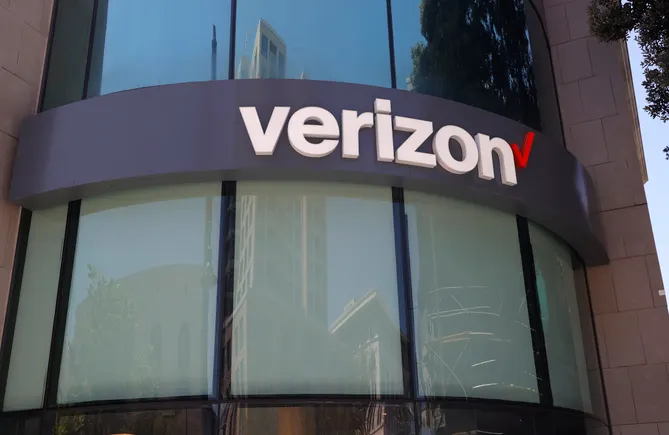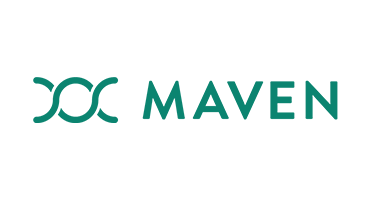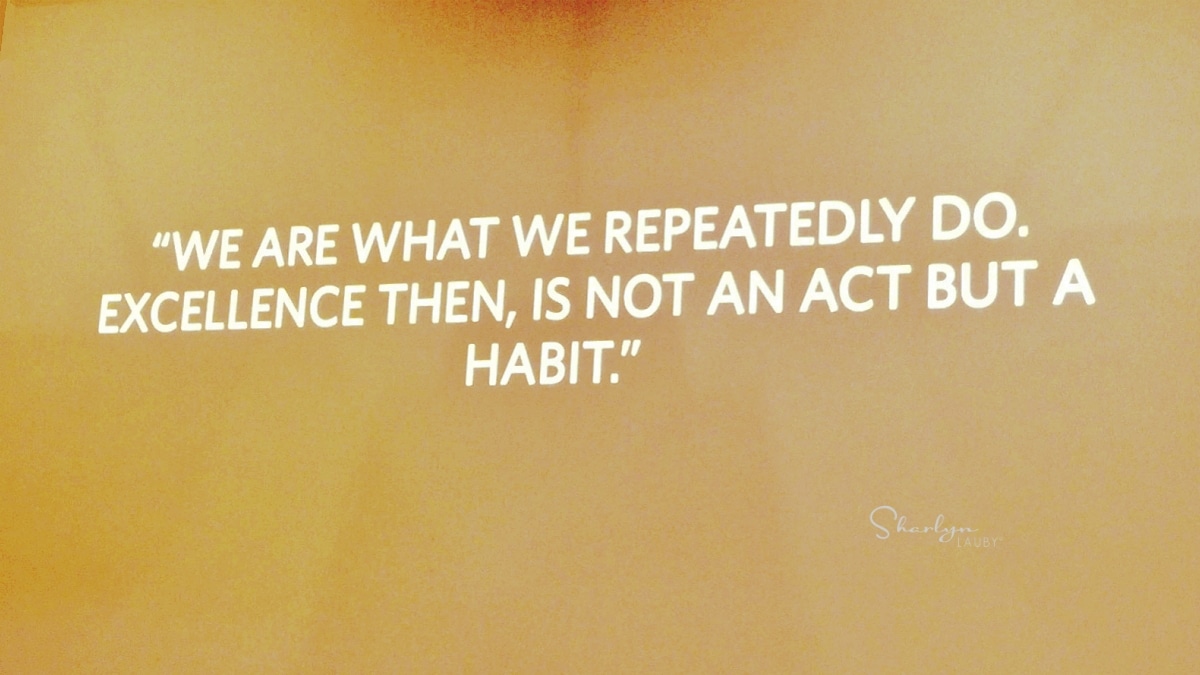Estimated reading time: 3 minutes
I know that most organizations have moved away from hybrid and remote work. They want employees onsite. I get it. There are advantages to employees being onsite. It can be helpful for communication, decision making, problem solving, and team building (just to name a few).
That being said, there are a couple of things about return to the office (RTO) announcements that are frustrating. First, organizations should be honest with employees about the reasons that they’re doing it. Some of the announcements are an absolute sugar-coated mess and employees know it. This doesn’t create a positive work environment, which can have an impact on productivity.
But the second reason that RTO announcements are frustrating is the one I wanted to talk about today. Just because organizations announce an RTO doesn’t mean they have to eliminate flexible schedules. If an employee asks to work from home once every six months, I’d like to think the organization can make that happen.
Another option that organizations can offer employees is a 4-day work week. Employees work onsite but only 4-days a week. This could be a nice compromise between what the company wants (onsite work) and what employees want (less commuting time, work life balance, etc.). I’ve worked for companies that offered employees who worked second or third shift the option of 4-day work weeks. It was the perk of working an undesirable later shift and it worked well.
I wanted to mention flexible scheduling because I’ve seen a few articles about a scheduling trend called 996. I’m really hoping it’s not true. 996 work is described as having a schedule from 9a to 9p six days a week. It appears to be what has been termed the new ‘hustle culture’.
This is not the way to build and sustain productivity. To quote an old saying, productivity is about working smarter not more. Granted, I will admit, I’ve worked some pretty odd hours in my career. But those times were not the norm – and everyone knew it. It was to pitch in and get something done. Then we all returned to our regular schedule. And in fact, we would be encouraged to take a little extra time off. Maybe come in late or leave early.
The result was that the organization was productive because they were flexible with employees. And employees were productive because they knew the organization would be flexible with them.
Organizations and individuals want both things – productivity and flexibility. They want to be productive because it’s nice to get stuff done. They also want to have flexibility when necessary. Organizations will want to remember this when they’re talking about returning to onsite work. Employees will be looking for signs that flexibility still exists.
Image captured by Sharlyn Lauby while exploring the streets of San Diego, CA
The post Productivity and Flexibility Do Not Have to Be Mutually Exclusive appeared first on hr bartender.























